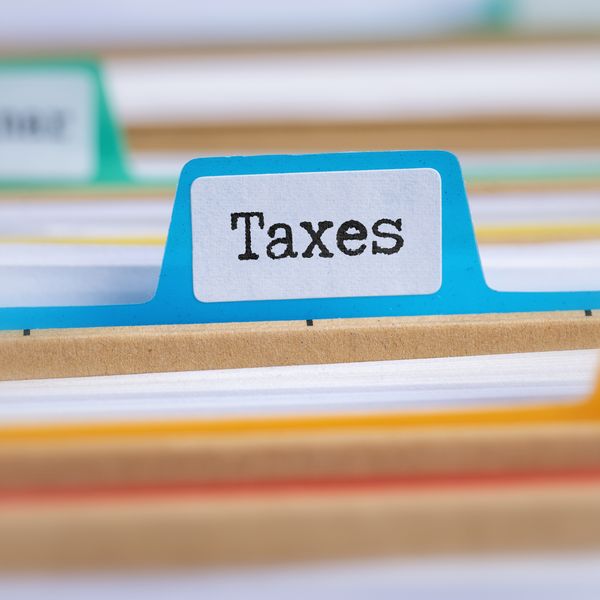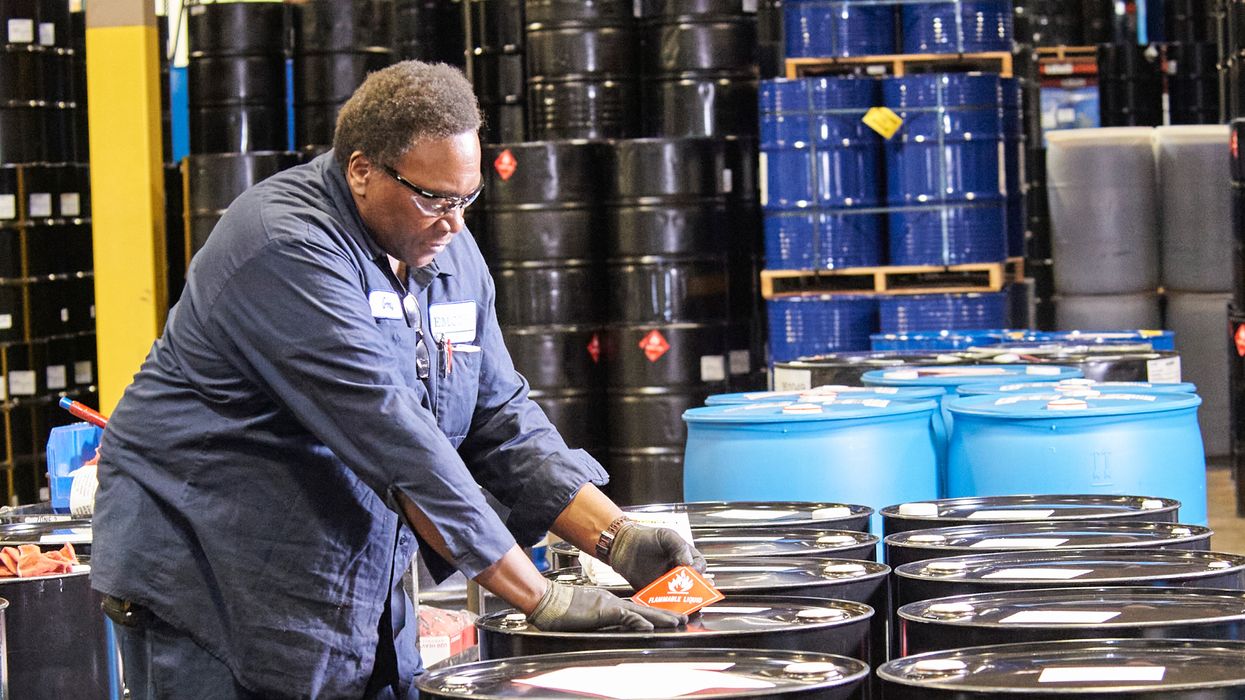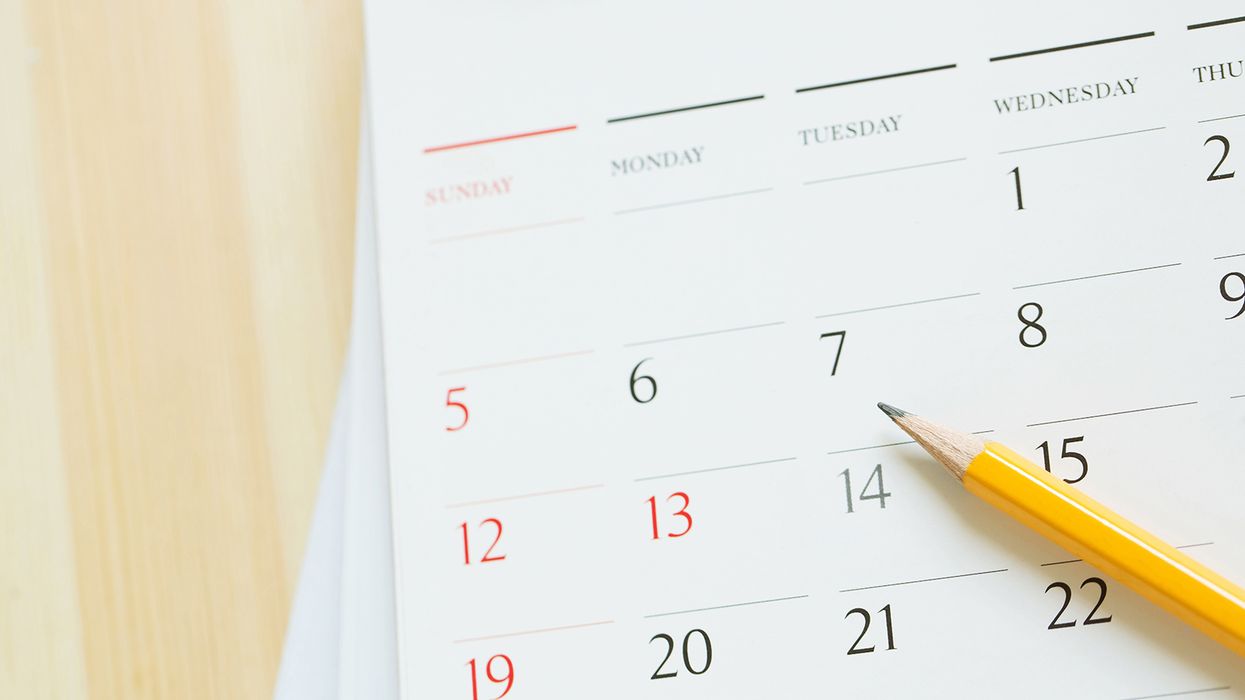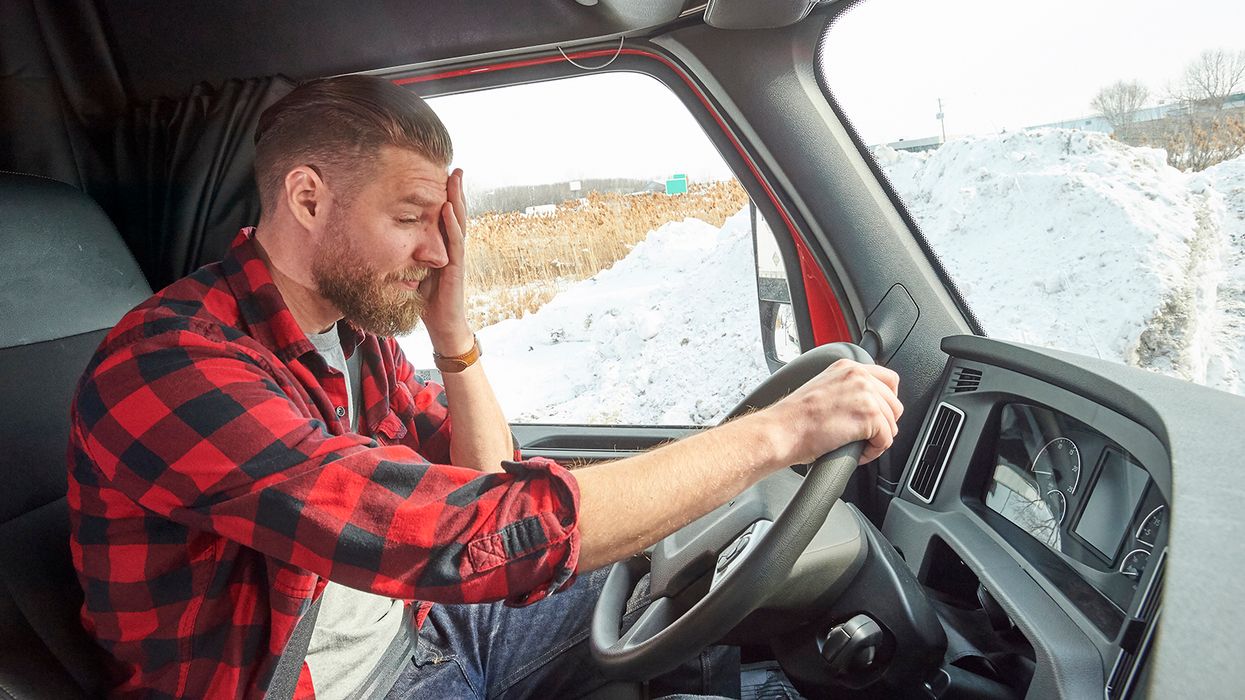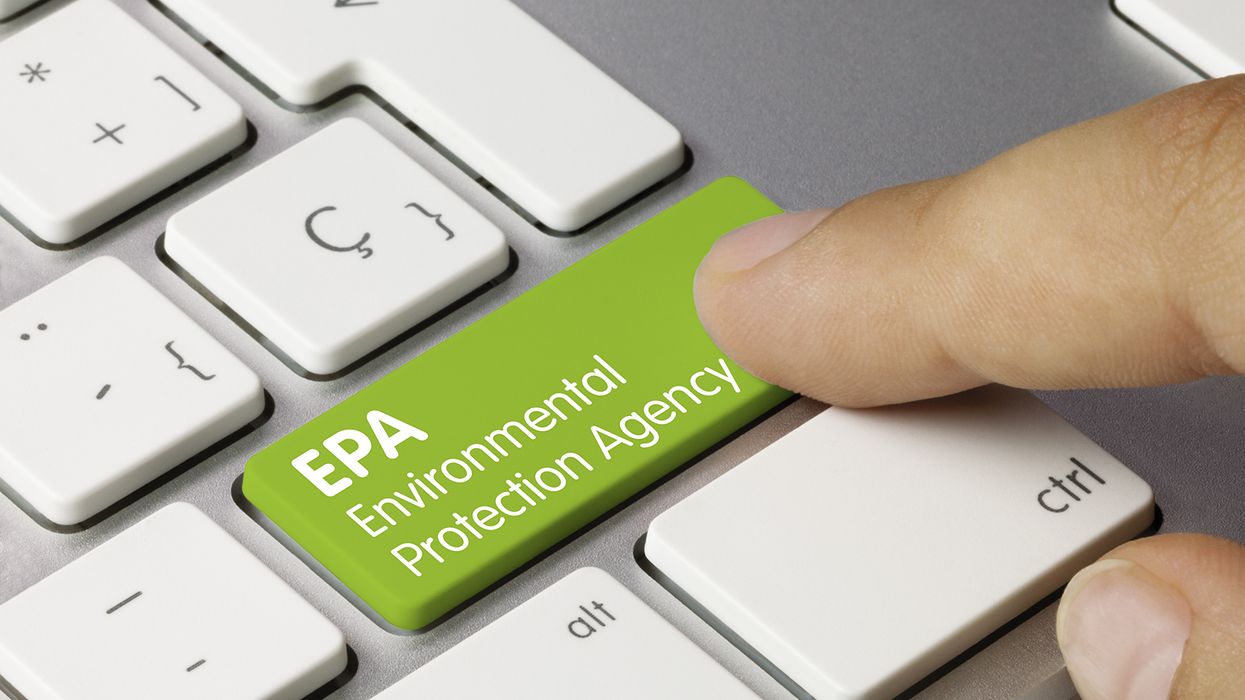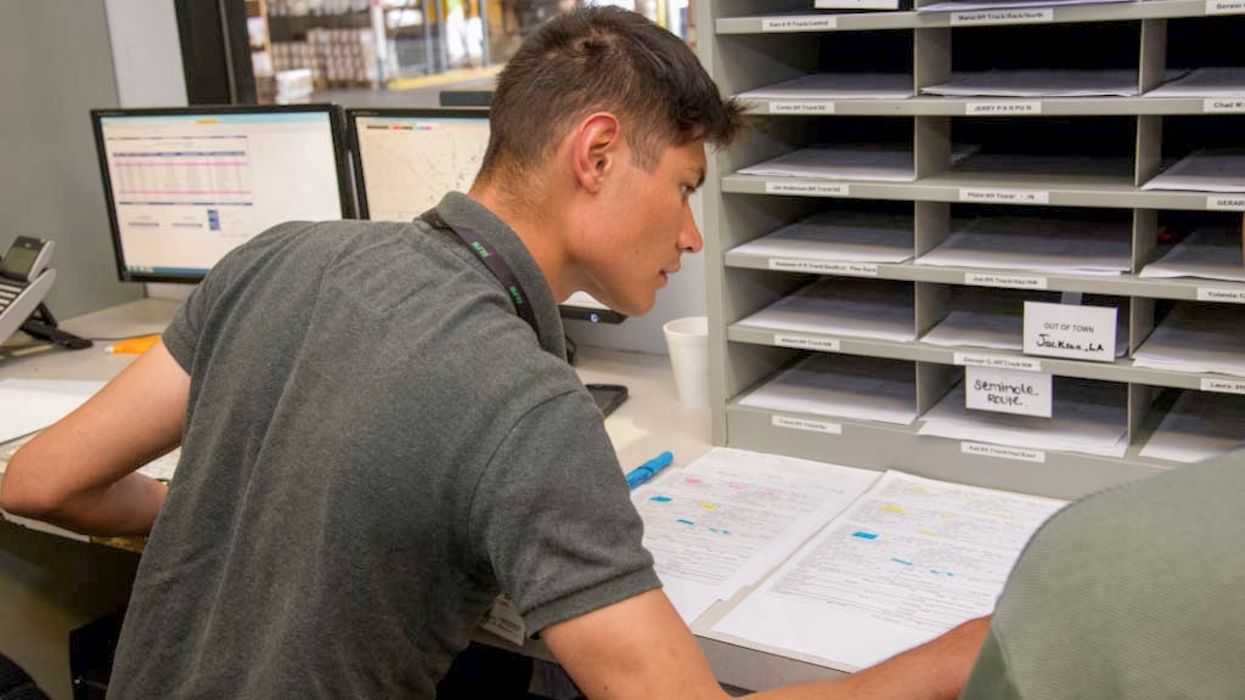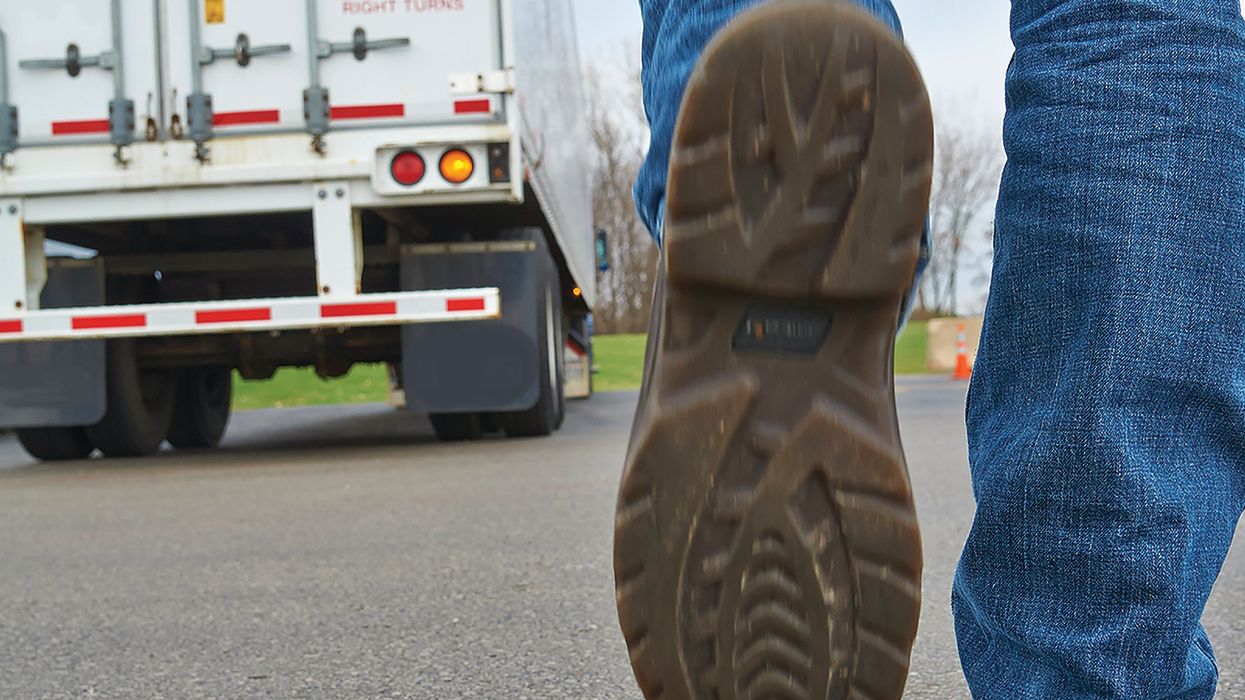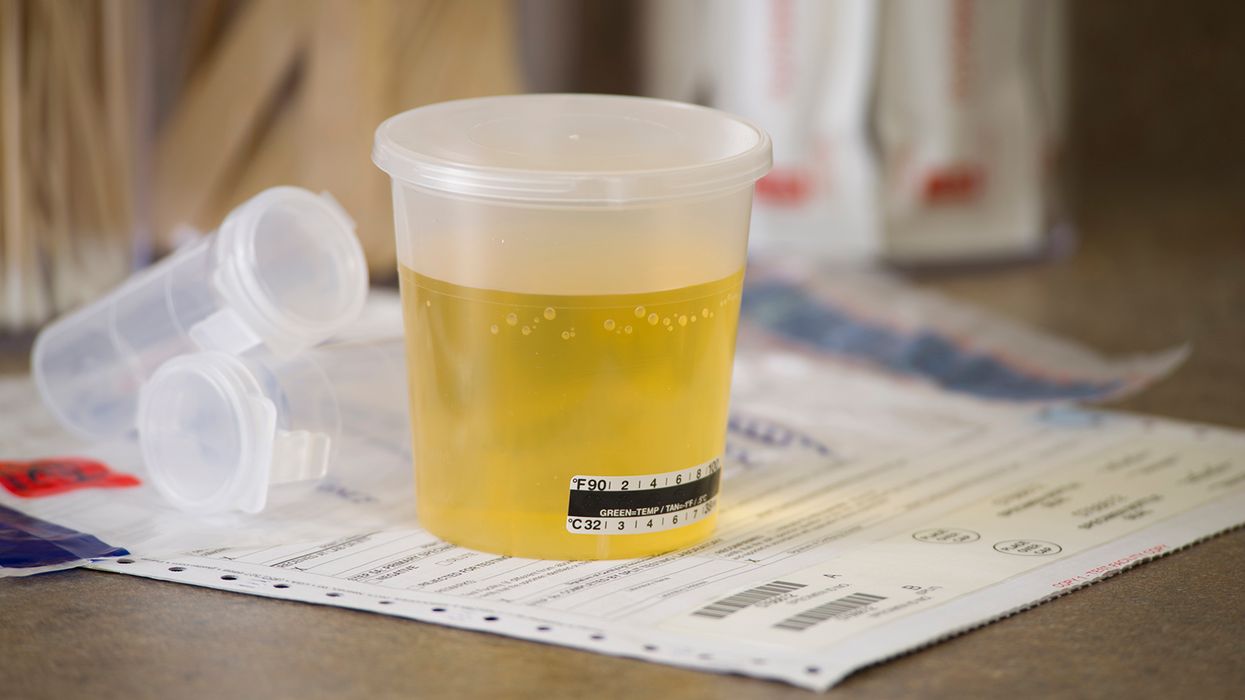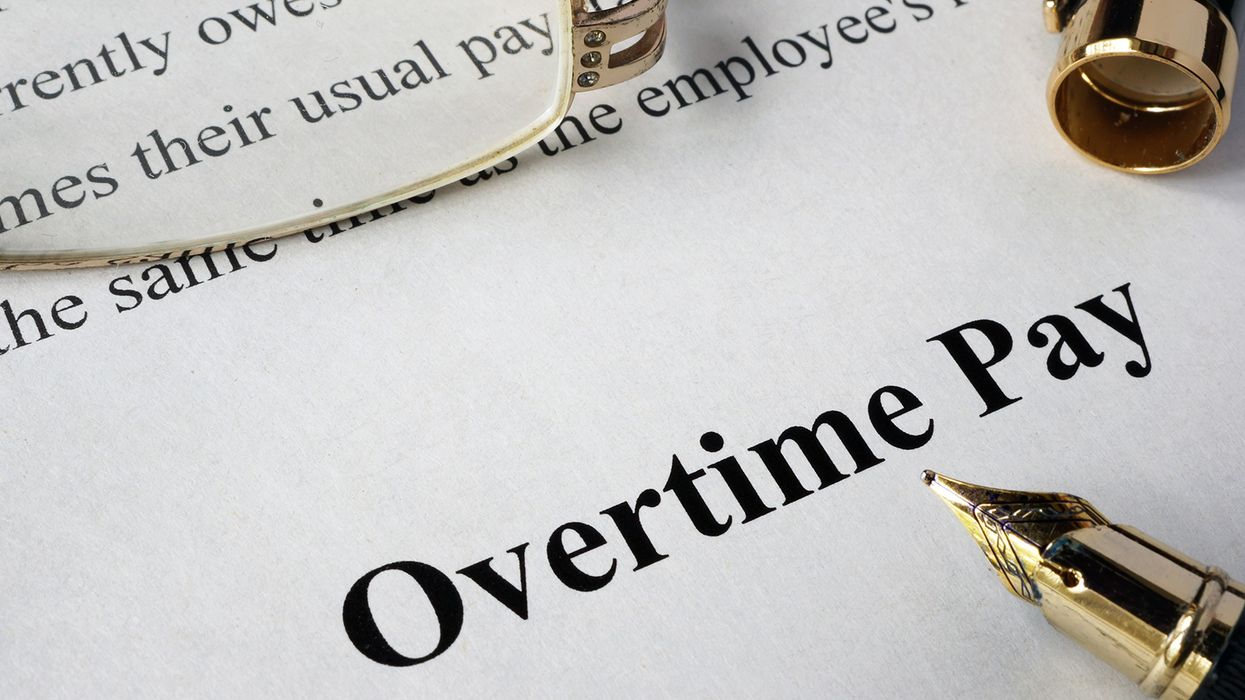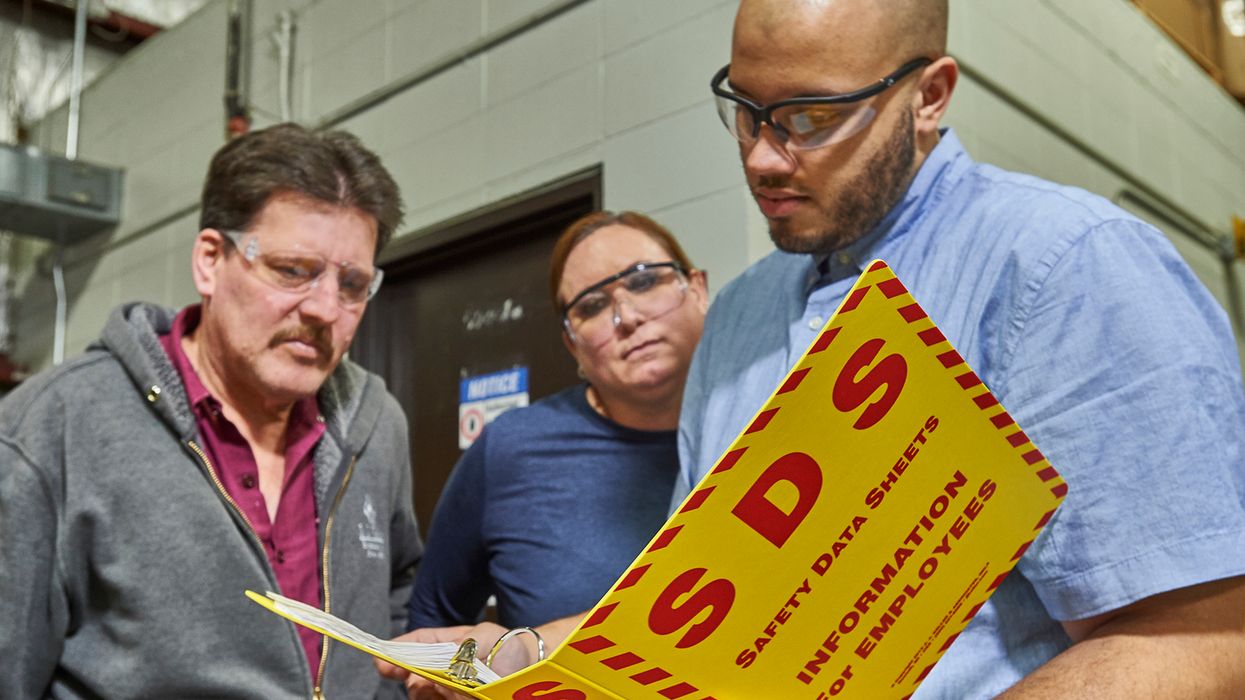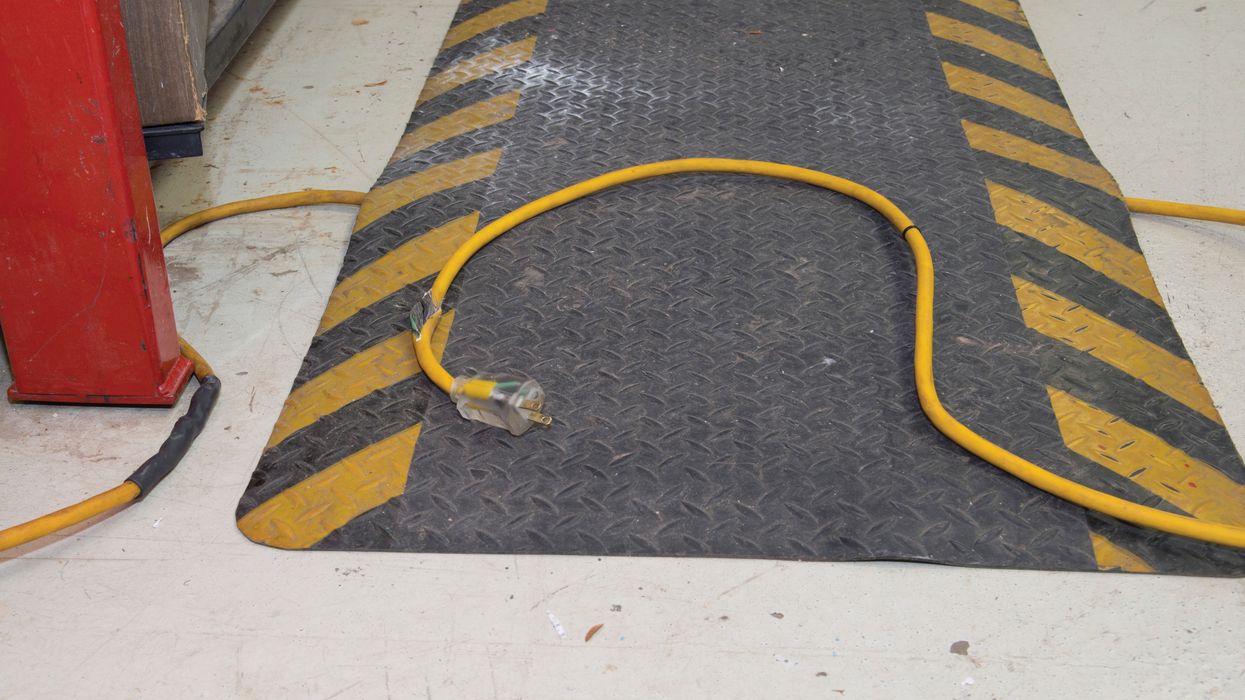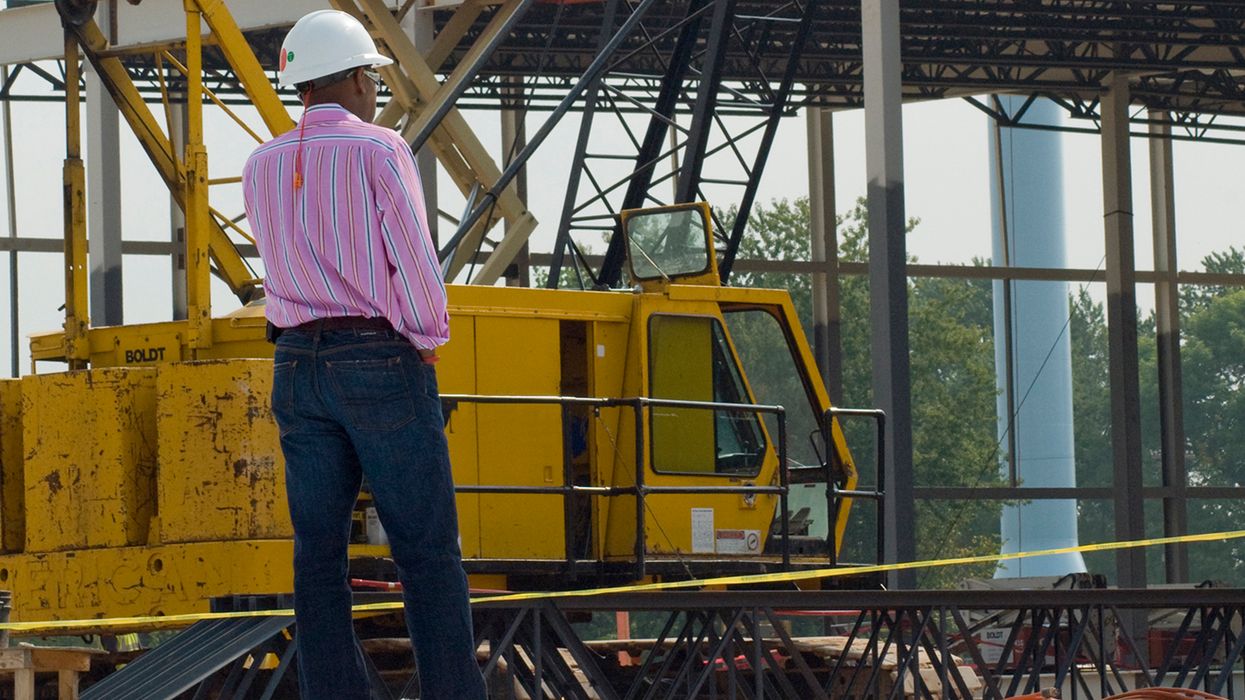Conduct AAI before you buy: Shield against Superfund liability
There’s one question that all potential purchasers should ask before buying an industrial or commercial property: Could the business be held liable for hazardous substance contamination? The Comprehensive Environmental Response, Compensation, and Liability Act (CERCLA), also called “Superfund,” allows the Environmental Protection Agency (EPA) to make both current and past facility owners and operators responsible for cleaning up sites contaminated by hazardous substances.
However, CERCLA offers liability protections to landowners and potential purchasers who didn’t cause or contribute to property contamination if they meet specific requirements, including conducting All Appropriate Inquiries (AAI).
Here’s how AAI can shield your organization from Superfund liability.
What’s AAI?
EPA defines AAI as “the process of evaluating a property’s environmental conditions and assessing potential liability for any contamination.” It encompasses the activities required by the AAI rule (40 CFR Part 312) to:
- Establish current and past uses and ownerships of the property; and
- Identify conditions that indicate releases or threatened releases of hazardous substances on, at, in, or to the property.
Potential property owners must comply with the AAI rule to claim protection from CERCLA liability. They may use one of three landowner defenses:
- Innocent landowners (who didn’t know and had no reason to know before purchase that the property was contaminated),
- Contiguous property owners (who didn’t know and had no reason to know before purchase that the property is or may be contaminated by a neighboring property), or
- Bona fide prospective purchasers (who knew or had reason to know before the purchase that the property was contaminated but were allowed to purchase it by meeting and continuing to meet certain criteria).
Who’s required to comply?
You must meet the AAI requirements if you plan to purchase a property for nonresidential use and may want to use CERCLA liability protections for hazardous substance releases or threatened releases after purchase.
The AAI rule requires an environmental professional to conduct most of the activities (312.21), but it also contains provisions that the potential owner must meet (312.22).
Who qualifies as an environmental professional?
An environmental professional has the needed background to identify conditions of a property that indicate releases or threatened releases of hazardous substances. According to 312.10, an environmental professional needs:
- A current professional engineer’s or professional geologist’s license or registration and three years of relevant work experience,
- A government-issued license or certification to perform environmental inquiries and three years of relevant work experience,
- A bachelor’s degree or higher in engineering or science and five years of relevant work experience, or
- Ten years of relevant work experience.
What’s required to comply?
The AAI rule lists the actions needed to qualify for CERCLA liability protection using the landowner defenses. All AAI tasks must be completed before acquiring the property. Most tasks need to be completed within one year prior to purchasing a property. However, a handful of actions must happen within 180 days before purchase:
- Interviews,
- Environmental cleanup lien searches,
- Governmental record reviews,
- Visual inspections, and
- Declaration by the environmental professional.
The environmental professional:
- Interviews current and past property owners, operators, and occupants;
- Reviews historical information sources;
- Reviews government records;
- Conducts visual inspections of the facility and adjoining properties;
- Reviews commonly known or reasonably ascertainable property information; and
- Assesses the degree of obviousness of the presence or likely presence of property contamination and the ability to detect the contamination.
The potential landowner:
- Searches for environmental cleanup liens not provided by the environmental professional,
- Assesses any personal specialized knowledge or experience,
- Assesses the relationship of the purchase price to the fair market value if the property isn’t contaminated, and
- Obtains any commonly known or reasonably ascertainable property information not provided by the environmental professional.
Report the results
The AAI results must be documented in a written report that’s signed by the environmental professional. It must include:
- The environmental professional’s determination of whether the property has conditions that indicate releases or threatened releases of hazardous substances,
- Any data gaps that impacted the ability to identify such conditions and how the missing information impacted the determination,
- The environmental professional’s qualifications, and
- The required certification statements at 312.21(d).
Get guidance from industry standards
The regulations don’t provide specific requirements for the AAI format, and although the rules outline the actions you must take, it can be daunting to implement AAI without further guidance.
Consider using industry standards! EPA even references ASTM International Standards at 312.11 that you can use to comply.
Key to remember: Potential landowners can shield themselves from CERCLA liability for hazardous substance contamination by conducting All Appropriate Inquiries.




